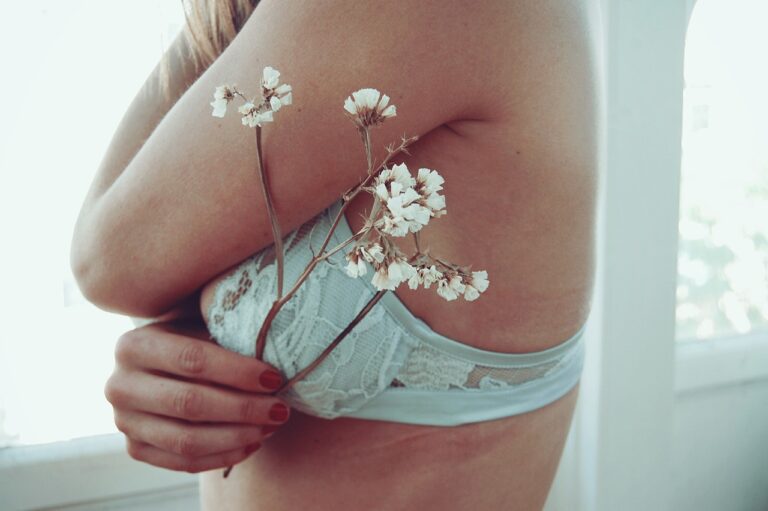The History of Haute Couture: From Paris to the World
Haute Couture, a term that translates to “high fashion” in French, originated in Paris in the mid-19th century. The creation of haute couture can be attributed to Charles Frederick Worth, an English designer who established the first haute couture house in Paris in 1858. Worth’s innovative approach to fashion design, which involved creating exclusive and made-to-order garments for individual clients, laid the foundation for the haute couture industry in Paris.
Worth’s atelier quickly gained popularity among the elite clientele of Paris, establishing the city as the epicenter of luxury fashion. The meticulous craftsmanship, attention to detail, and exquisite fabrics used in haute couture creations set them apart from ready-to-wear garments, elevating them to a status symbol of wealth and social status. The concept of haute couture as a form of wearable art, crafted with precision and creativity, continues to define the essence of Parisian fashion to this day.
Evolution of Haute Couture in the 19th century
During the 19th century, haute couture underwent significant transformations that shaped the landscape of high fashion in Paris. The emergence of renowned designers such as Charles Frederick Worth marked a turning point, as he elevated the status of couturiers and laid the foundation for the modern fashion industry. With an emphasis on craftsmanship and luxurious fabrics, Worth’s creations set a new standard for elegance and sophistication.
Alongside Worth, other designers like the House of Worth and Jacques Doucet played pivotal roles in defining haute couture in the 19th century. Their innovative designs and attention to detail captivated the elite clientele of the era, solidifying Paris as the fashion capital of the world. The intricate handiwork and intricate designs of these early couturiers paved the way for the elaborate and extravagant creations that continue to define haute couture today.
Impact of World War I on Haute Couture
World War I had a profound impact on the world of haute couture in Paris. The conflict brought with it a host of challenges for the fashion industry, as resources became scarce and societal priorities shifted. Designers faced shortages of materials and skilled artisans, leading to a decline in the production of luxury garments.
The war also disrupted the traditional flow of fashion shows and trade events, with many designers having to suspend their operations or adapt to the new reality of wartime restrictions. Despite these challenges, the war years marked a period of innovation and creativity in haute couture, as designers found ways to work within the constraints imposed by the conflict. The aftermath of World War I would see a shift towards more practical and understated designs, reflecting the changing social and economic landscape of the post-war era.
• The conflict brought challenges for the fashion industry such as shortages of materials and skilled artisans
• Designers had to adapt to wartime restrictions and suspend operations
• Traditional flow of fashion shows and trade events was disrupted during World War I
• Despite challenges, designers found ways to innovate and be creative within constraints imposed by the conflict
• Post-war era saw a shift towards more practical and understated designs in haute couture
What is Haute Couture?
Haute Couture refers to high-end fashion design and creation that is made-to-measure for individual clients. It is known for its exquisite craftsmanship, luxurious fabrics, and attention to detail.
How did Haute Couture originate in Paris?
Haute Couture originated in Paris in the mid-19th century when Charles Frederick Worth established the first haute couture house. Worth’s designs were made-to-measure for his wealthy clients and marked the beginning of the haute couture industry in Paris.
How did Haute Couture evolve in the 19th century?
In the 19th century, Haute Couture houses such as Maison Worth, Maison Rouff, and Maison Beer became prominent in Paris. These houses introduced new design techniques, luxurious fabrics, and elaborate embellishments that defined the haute couture aesthetic.
What was the impact of World War I on Haute Couture?
World War I had a significant impact on Haute Couture as many of the industry’s skilled artisans were conscripted into the military. The war also disrupted the supply chain of luxury fabrics and materials, leading to a decline in haute couture production during the war years.
How did Haute Couture adapt to the challenges of World War I?
During World War I, Haute Couture houses in Paris shifted their focus to creating more practical and utilitarian designs to meet the wartime demands. They also innovated by using alternative materials and incorporating military-inspired elements into their collections.







